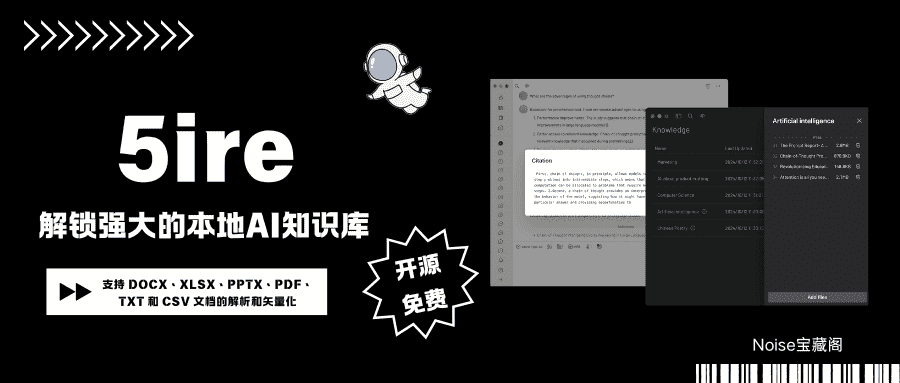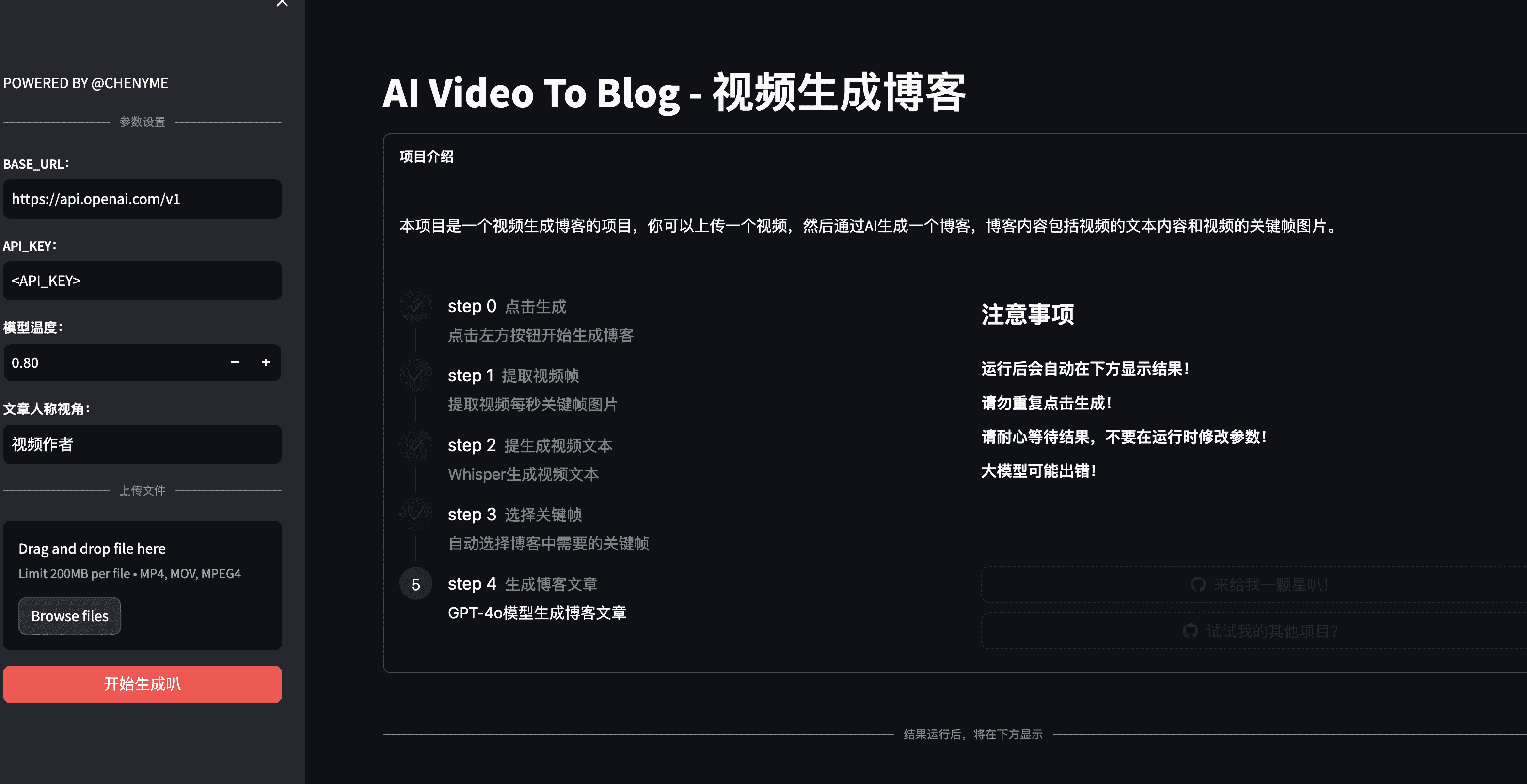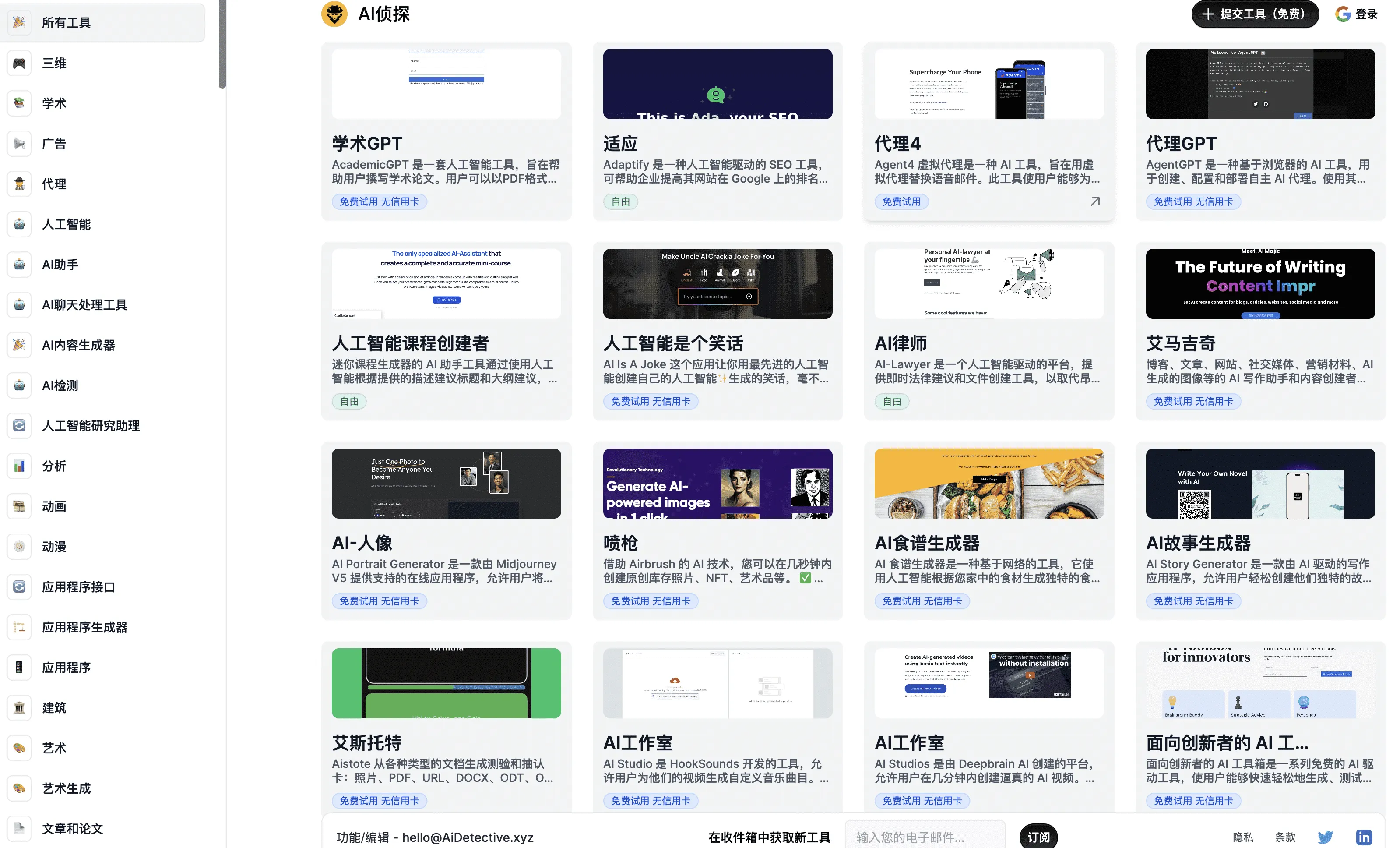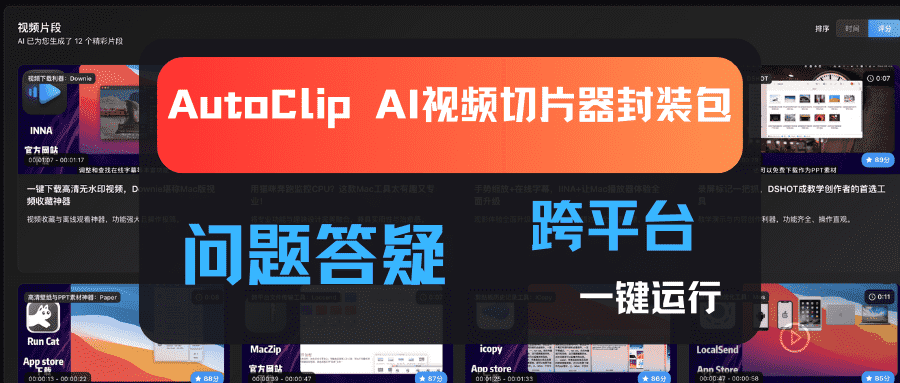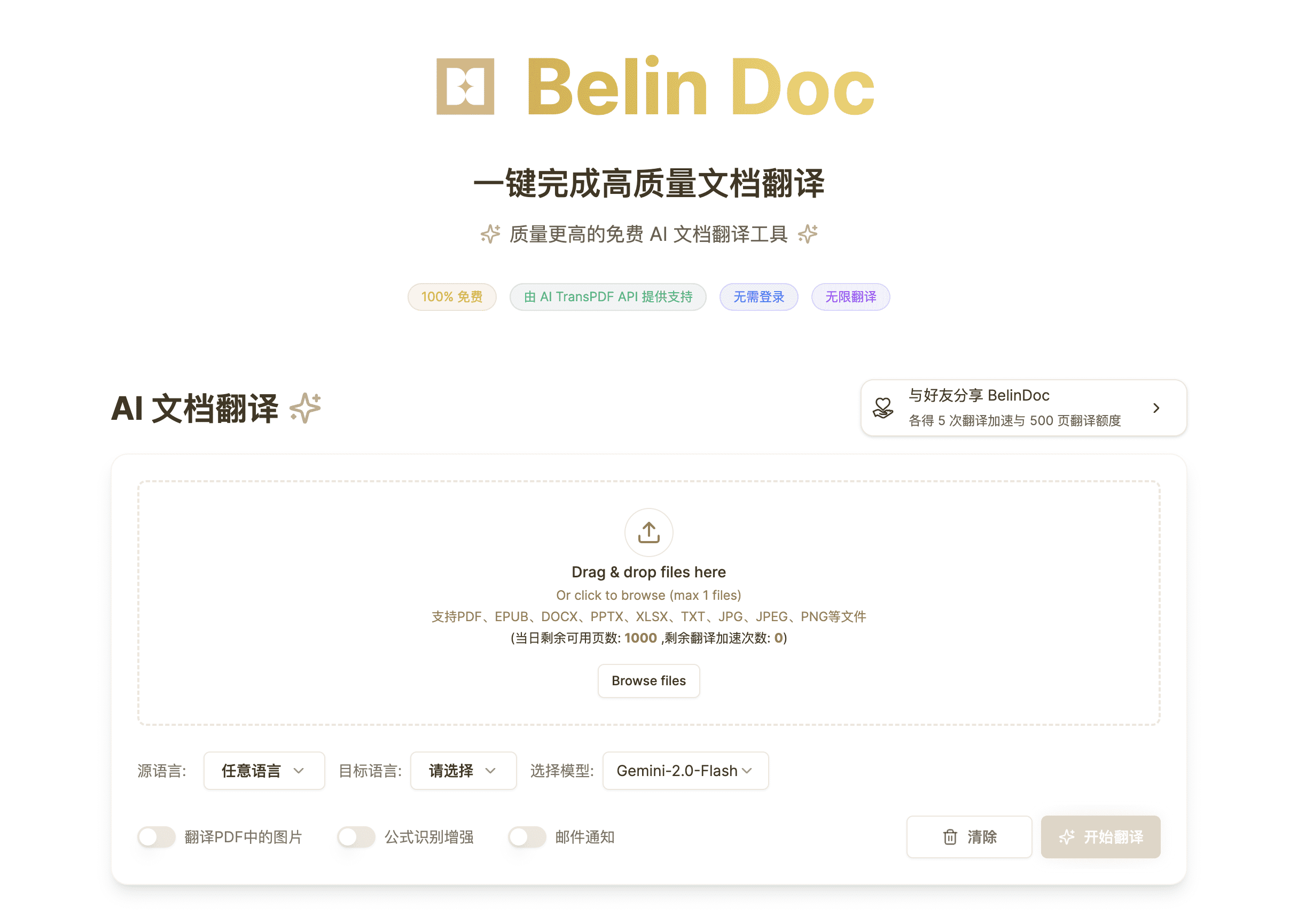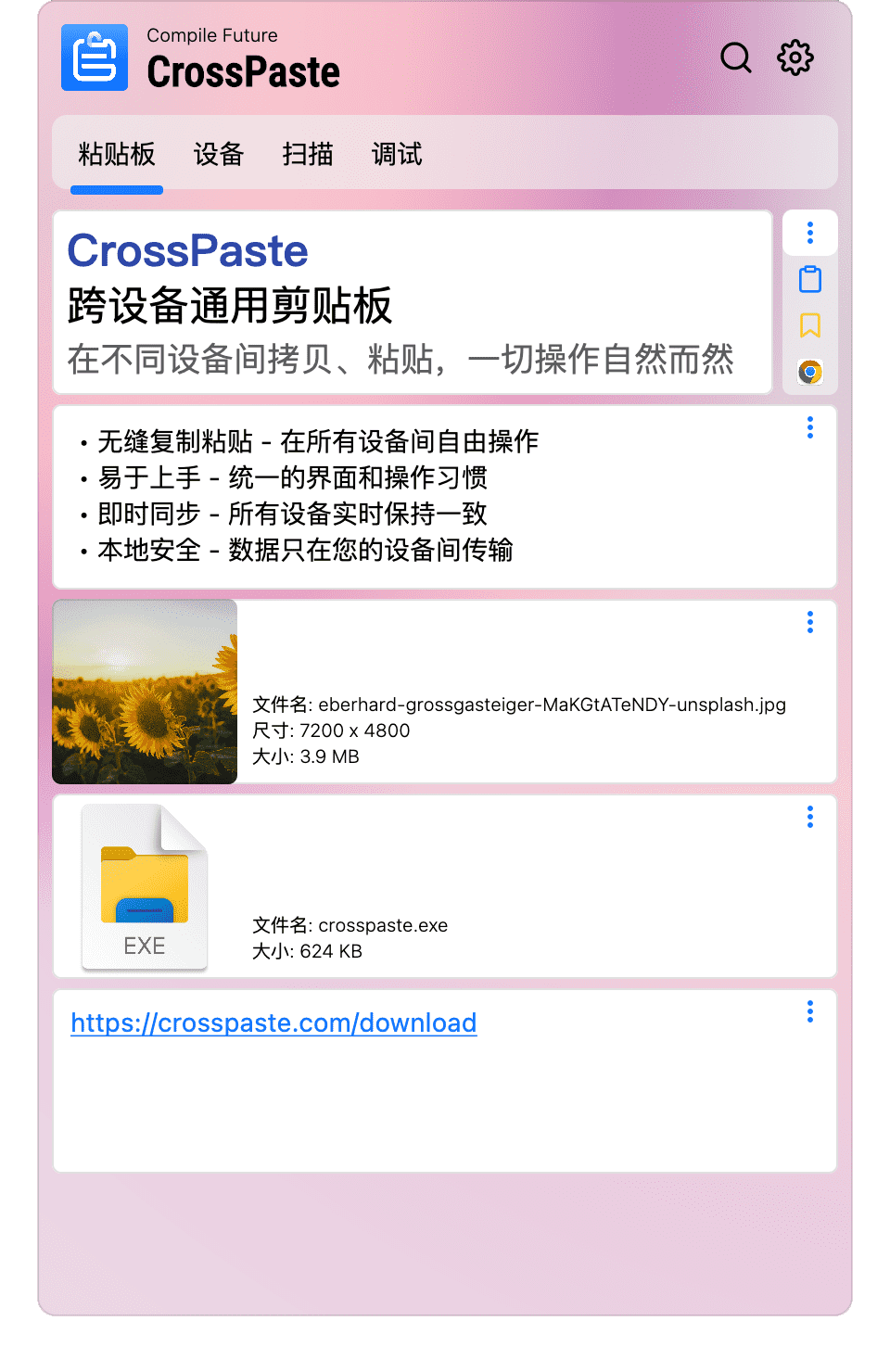Anthropic的Claude Artifacts的可破解开源版本,AI对话构建程序
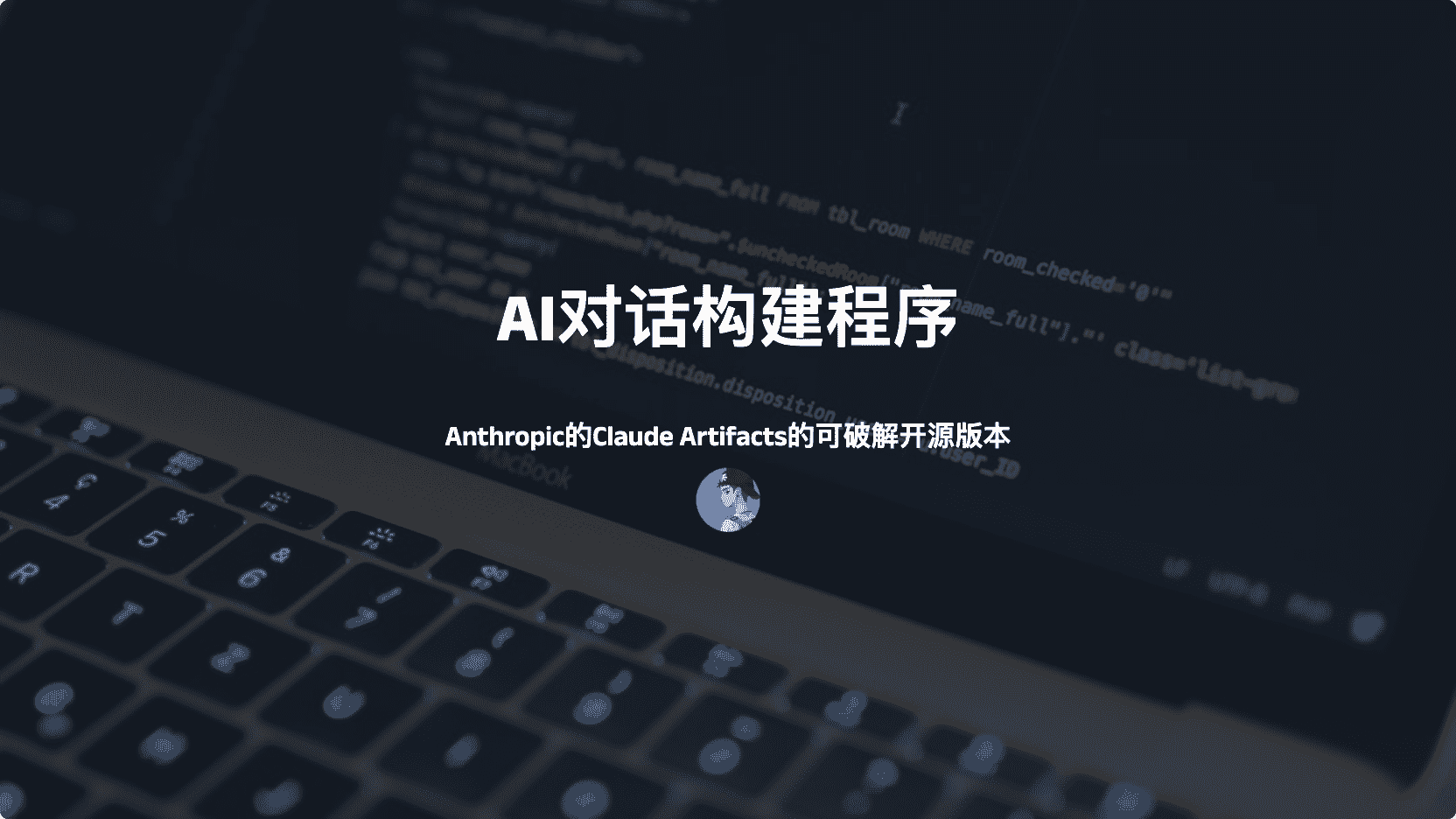
Anthropic的Claude Artifacts的可破解开源版本,AI对话构建程序
noise介绍
这是 Anthropic 的 Claude Artifacts 和 Vercel v0 的开源版本,由 E2B 制作的 Code Interpreter SDK 提供支持,你可以理解为模型完全可以自己控制,带来更好的使用体验
演示示例:
Github:https://github.com/e2b-dev/ai-artifacts
特征
- 基于 Next.js 14(App Router)、TailwindCSS、Vercel AI SDK。
- 使用 E2B 的 Code Interpreter SDK 安全地执行 AI 生成的代码。
- 在 UI 中流式传输。
- 可以安装和使用 npm、pip 中的任何软件包。
- 支持的堆栈(添加您自己的堆栈):
- 🔸 Python 解释器
- 🔸 Next.js
- 🔸 Vue.js
- 🔸 Streamlit (流式)
- 🔸 建筑
- 支持的 LLM 提供商(添加您自己的):
- 🔸 开放人工智能
- 🔸 人
- 🔸 谷歌人工智能
- 🔸 米斯特拉尔
- 🔸 格罗克
- 🔸 烟火
- 🔸 携手 AI
- 🔸 奥拉马
开始使用
先决条件
- git
- 最新版本的 Node.js 和 npm 包管理器
- E2B API 密钥
- LLM 提供程序 API 密钥
1. 克隆存储库
在您的终端中:
1 | git clone https://github.com/e2b-dev/ai-artifacts.git |
2. 安装依赖项
输入存储库:
1 | cd ai-artifacts |
运行以下命令以安装所需的依赖项:
1 | npm i |
3. 设置环境变量
创建文件并设置以下内容:.env.local
1 | # Get your API key here - https://e2b.dev/ |
4. 启动开发服务器
1 | npm run dev |
5. 构建 Web 应用程序
1 | npm run build |
自定义
添加自定义角色
确保已安装 E2B CLI 并且您已登录。
在 sandbox-templates/ 下添加新文件夹
使用 E2B CLI 初始化新模板:
1
e2b template init
这将创建一个名为 的新文件。
e2b.Dockerfile调整
e2b.Dockerfile下面是一个示例 streamlit 模板:
1
2
3
4
5
6
7
8# You can use most Debian-based base images
FROM python:3.19-slim
RUN pip3 install --no-cache-dir streamlit pandas numpy matplotlib requests seaborn plotly
# Copy the code to the container
WORKDIR /home/user
COPY . /home/user在 中指定自定义启动命令 :
e2b.toml1
start_cmd = "cd /home/user && streamlit run app.py"
使用 E2B CLI 部署模板
1
e2b template build --name <template-name>
构建完成后,您应该会收到以下消息:
1
✅ Building sandbox template <template-id> <template-name> finished.
在代码编辑器中打开 lib/templates.json。
将新模板添加到列表中。以下是 Streamlit 的示例:
1
2
3
4
5
6
7
8
9
10
11
12
13
14
15"streamlit-developer": {
"name": "Streamlit developer",
"lib": [
"streamlit",
"pandas",
"numpy",
"matplotlib",
"request",
"seaborn",
"plotly"
],
"file": "app.py",
"instructions": "A streamlit app that reloads automatically.",
"port": 8501 // can be null
},提供模板 ID(作为密钥)、名称、依赖项列表、入口点和端口(可选)。您还可以添加将提供给 LLM 的其他说明。
(可选)在 public/thirdparty/templates 下添加新徽标
添加自定义 LLM 模型
在代码编辑器中打开 lib/models.json。
向 models 列表添加新条目:
1
2
3
4
5
6{
"id": "mistral-large",
"name": "Mistral Large",
"provider": "Ollama",
"providerId": "ollama"
}其中 id 是模型 ID,name 是模型名称(在 UI 中可见),provider 是提供程序名称,providerId 是提供程序标记(请参阅下面的添加提供程序)。
添加自定义 LLM 提供程序
在代码编辑器中打开 lib/models.ts。
向列表中添加新条目:
providerConfigs烟花示例:
1
fireworks: () => createOpenAI({ apiKey: apiKey || process.env.FIREWORKS_API_KEY, baseURL: baseURL || 'https://api.fireworks.ai/inference/v1' })(modelNameString),
(可选)在函数中调整默认结构化输出模式:
getDefaultMode1
2
3if (providerId === 'fireworks') {
return 'json'
}(可选)在 public/thirdparty/logos 下添加新徽标







